Winter is upon us and now is the time to think of how to optimize your Electric Vehicle (EV) to maximise range, performance and stay safe on the roads.
Here we share our top tips on preparing your Electric Vehicle for Winter, keeping you and your family safe.
With Winter comes long dark evenings with potential weather hazards, such as black ice, heavy rain, or snow. These conditions make driving harder, therefore – it is important to know how your vehicle will respond to these events.
Below, we share our top tips on how to take care of your Electric Vehicle throughout the Winter Months.
Turn on Eco-Driving Mode
Eco-Driving helps to boost mileage and optimize power consumption, as the optimum temperature for a lithium-ion battery is between 15 to 35 °C.
When below this temperature, some models’ range may decrease as more energy is consumed to heat the vehicle.
Eco-Driving mode consumes as little energy as possible, by reducing power consumption through regulating acceleration, braking, and performance of other energy intense features such as heating controls.
Additionally, Eco-Driving is also a good safety precaution you should take in snowy or icy conditions as the rate of acceleration is reduced which helps to maintain your control whilst commuting in difficult driving conditions.
Turn Off Regenerative Braking
Regenerative Braking is kinetic energy from braking, converted to electrical energy to power your Electric Vehicle, helping to recharge your battery when you slow down.
However, the car is ‘coasting’ to a stop, therefore when driving in ice and snow, this may lead to unexpected handling conditions as you do not have full control over the vehicle.
Regenerative Braking in poor weather conditions can cause a loss of grip and reduce steering ability, which can be extremely dangerous.
Therefore, over the Winter months, it is recommended that you turn off Regenerative Braking to have more control.
Invest In A Home Charge Point
Install a high-quality home charging unit that allows you to charge your EV slowly through the night, keeping your battery warm and protecting it from cold weather conditions. Moreover, slow charging helps to maintain your EVs battery life long-term.
Additionally, a home charge point provides constant access so you never have to worry about running out of charge again.
Refresh NI offers a range of high-end charging units with various features, such as water resistance, the ability to schedule charges, and many more. For more information on our EV Home Charging Units, Click Here.
Additionally, you can benefit from a reduced EV Nightshift tariff from Power NI which can help save money on your bills. Click Here for further information from Power NI on their reduced overnight EV tariff.
Maintain A Healthy State Of Charge
It is recommended to maintain your level of charge between 50-75%, ensuring there is spare charging capacity – having a home charge point makes this tip much easier to implement.
Moreover, do not let your battery level drop below 20%, as this can reduce battery lifespan if the battery is regularly at a low level.
Another tip to go in hand is to schedule your charging sessions to monitor your vehicle’s charging performance and ensure you always have an adequate level of charge.
To conclude, driving an Electric Vehicle in Winter is just as safe as driving any other mechanical vehicle. However, it is important to pay attention to your vehicle’s needs and understand risks during different times of the year to keep you and your family safe.
For further Tips, Advice and Guidance on Electric Vehicles, visit our other blog posts and if you have any EV tips to maximise performance this Winter, please leave them in the comments section below.
Based on the information taken from :
Previous Blog Posts
Transform your property’s EPC rating with Refresh NI
Transform the EPC Rating of your property. We offer a range of energy efficient home improvement services to improve your rating from F to C.
How to save money in the bathroom
Learn how to make simple lifestyle and inexpensive changes in your bathroom to make a saving on your monthly energy bills with Refresh NI.
Save Money On Your Monthly Energy Bills
Learn how to reduce your energy consumption with Refresh NI to help save money on your monthly energy bills. As the less energy you consume, the less you pay.
Everything you need to know about the EO Mini Pro 2
We are Power NI’s chosen installer of the EO Mini Pro 2, in this blog you can find everything you need to know about the charging unit!
Future Technology in Northern Ireland
Discover the advances in technology in our recent blog to help reduce carbon emissions produced by homeowners across Northern Ireland.
Charging the Future
Electric Vehicles are the car of the future, there are many benefits of owning an EV with both environmental and lifestyle benefits.
Refresh Energy Efficiency with Phoenix Natural Gas
Refresh NI are proud to announce we are working in partnership with Phoenix Natural Gas, installing energy efficient measures through the NSEP Scheme.
How Can I improve my home’s energy efficiency, how much will it cost initially and how much will I save on my energy bills going forward?
Improve the EPC Rating of your property with Refresh NI.
Is Gas Heating cheaper than Home Heating Oil in NI?
There are many reasons why you should convert from Oil to Natural Gas, a main one being the savings you could make as the cost of Oil continues to rise.
Natural Gas remains a cheaper and greener home heating source than Oil for NI Consumers
Natural Gas has many benefits, a new Natural Gas Boiler is highly efficient and greener than Home Heating Oil, discover why you should convert in our recent blog.

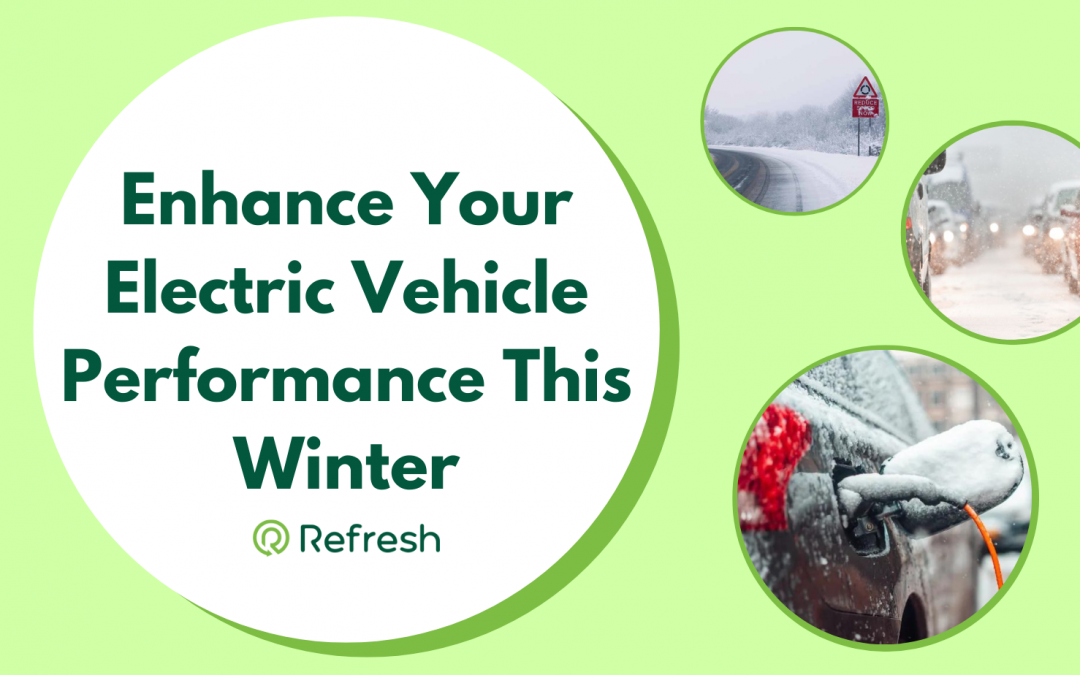
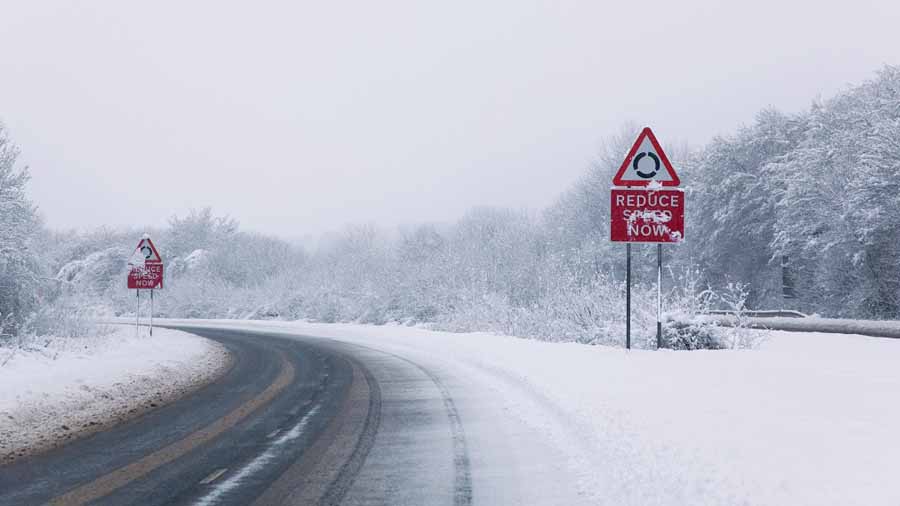
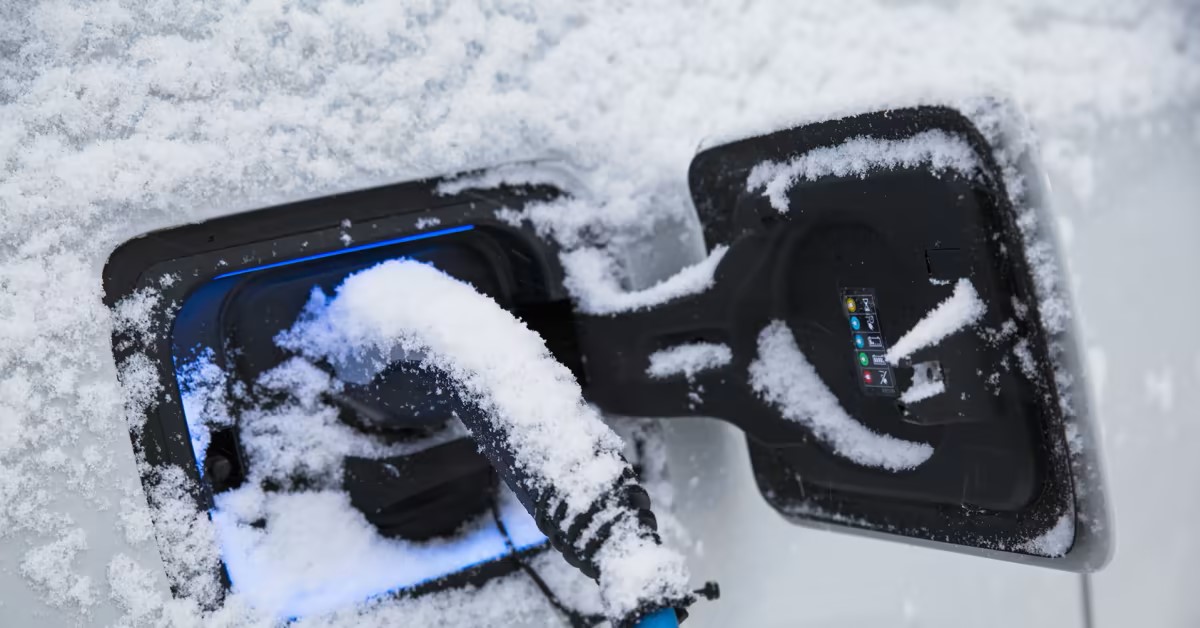

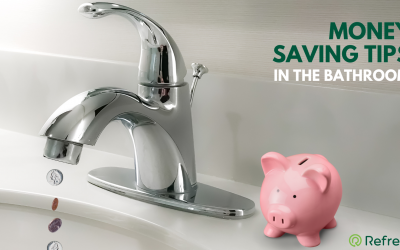

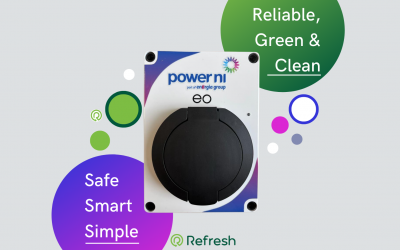
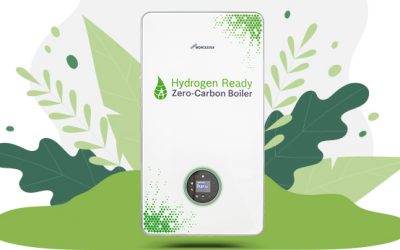
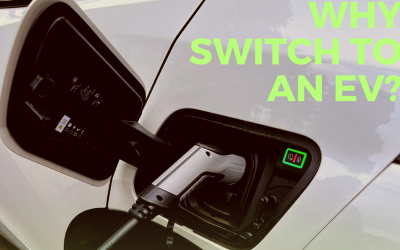

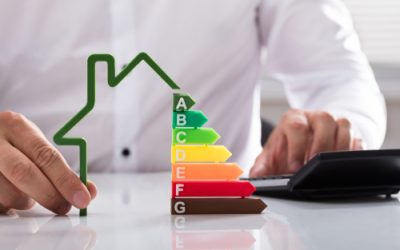
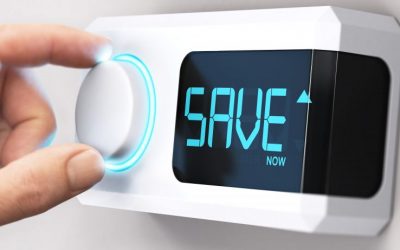
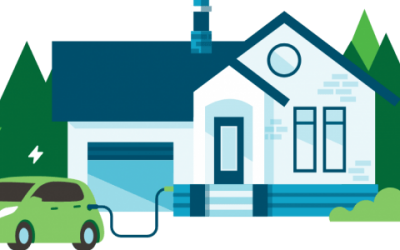
Recent Comments